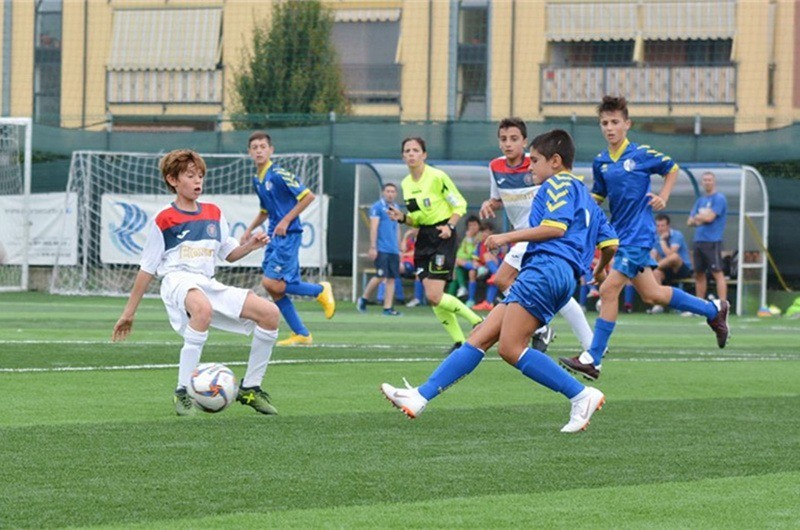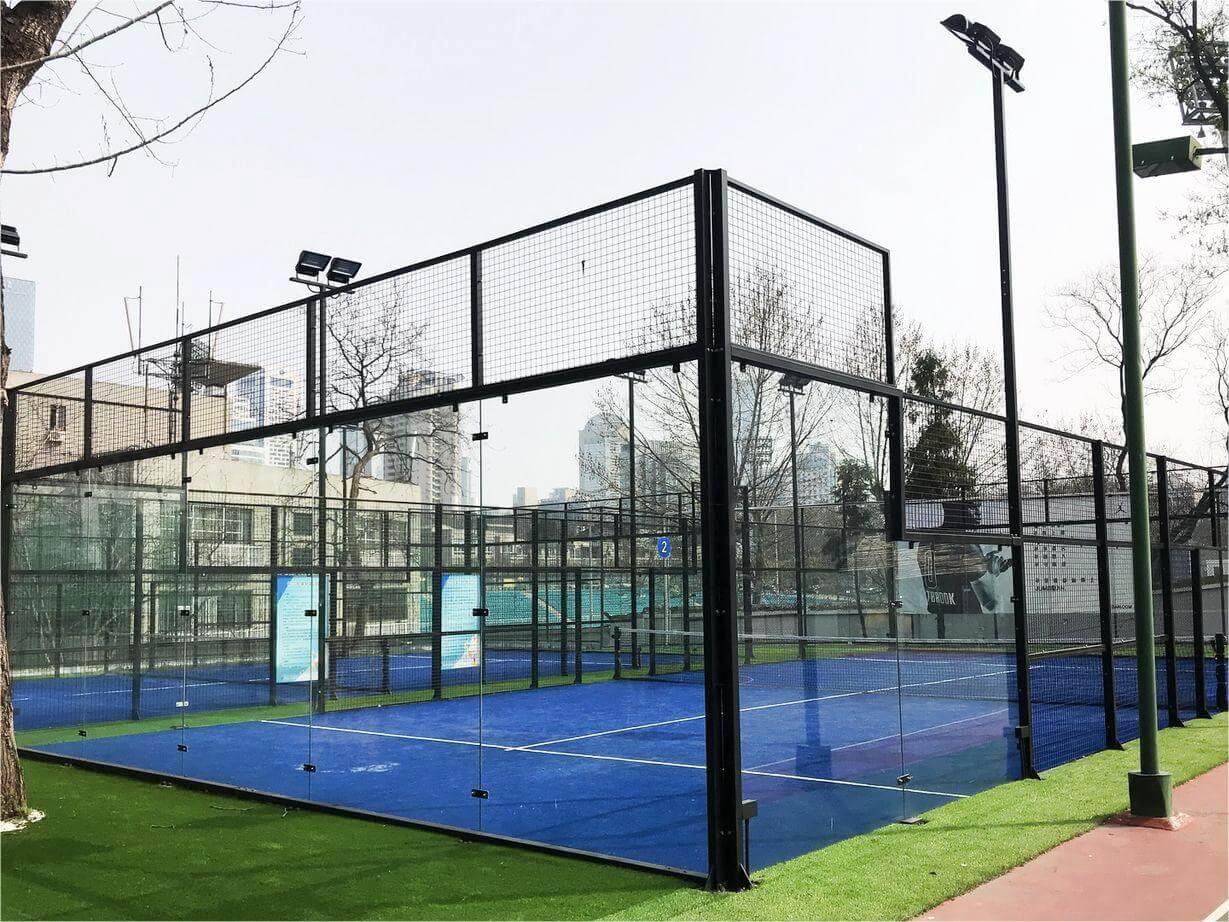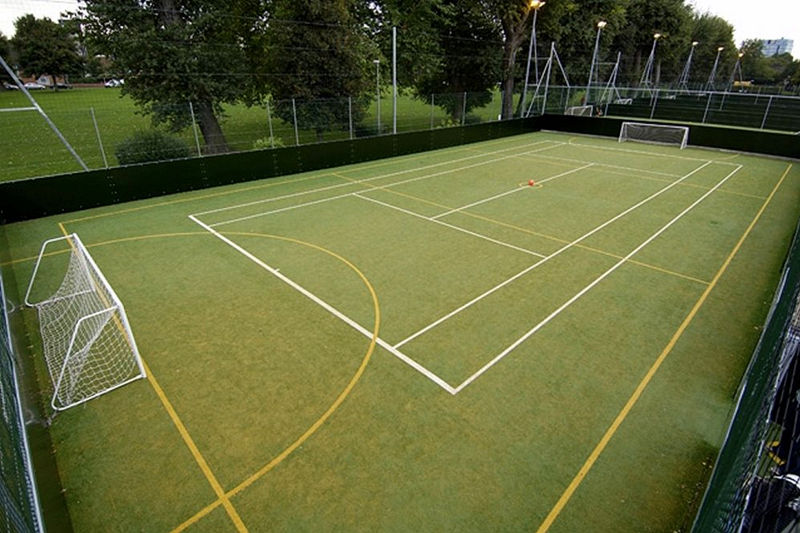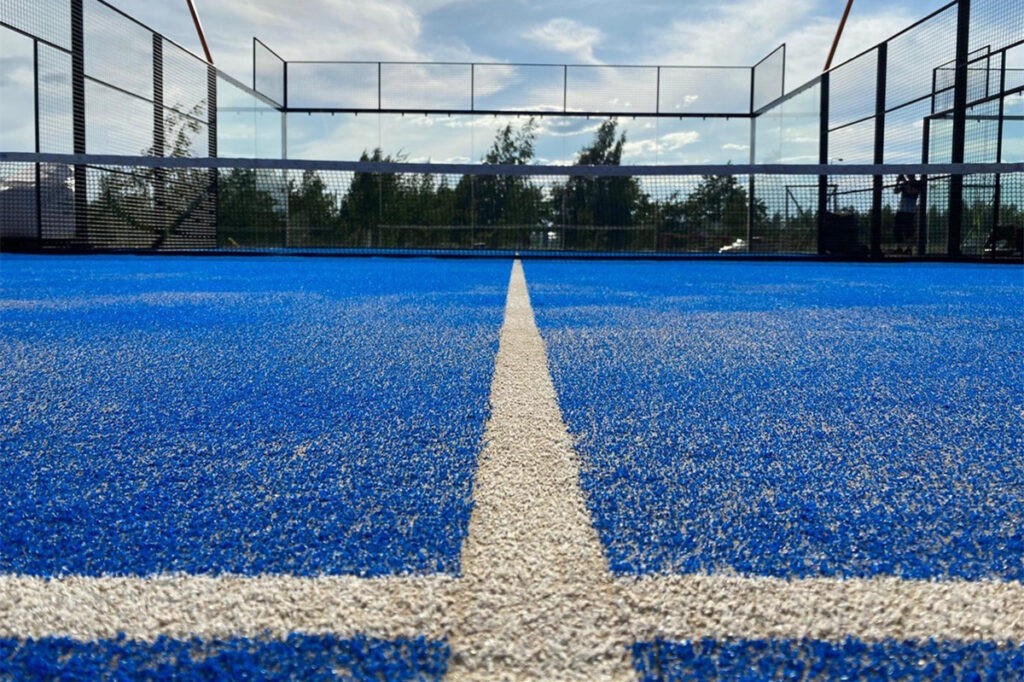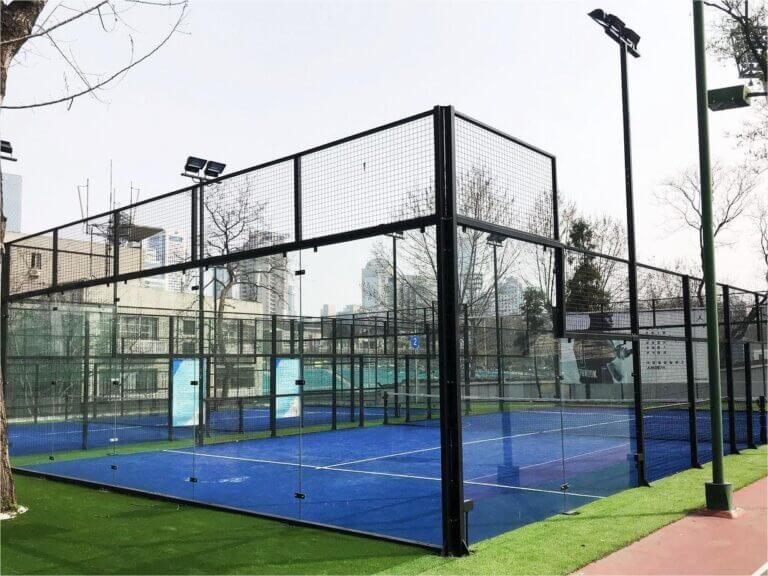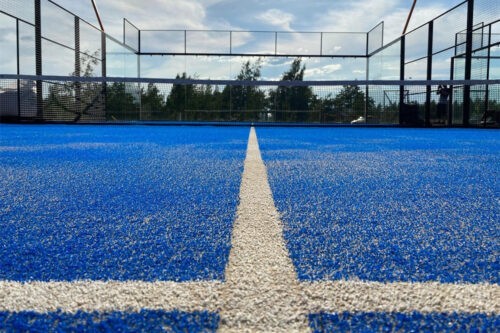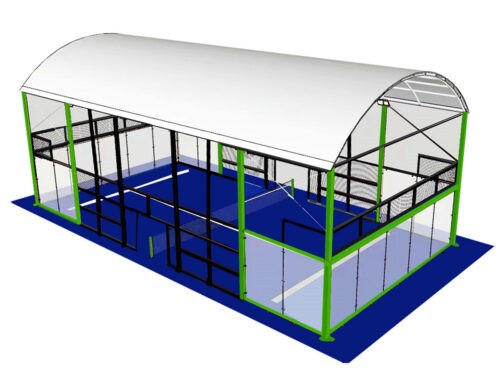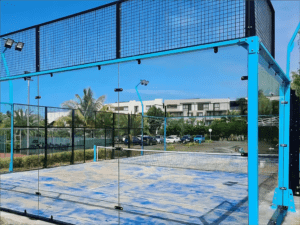Padel, a popular racquet sport, is enjoyed by enthusiasts of all skill levels worldwide. To ensure the longevity and optimal playing conditions of a padel court, regular preventive maintenance is essential. This comprehensive guide outlines the key maintenance aspects, focusing particularly on artificial turf care. Let’s dive into the details of maintaining your padel court to perfection.
Table of Contents
The Elements of Maintenance
A padel court consists of various components that require ongoing care:
- Artificial Turf: The star of the show that demands special attention.
- Steel Structure: The sturdy backbone supporting the court’s structure.
- Glass and Mesh: The walls that define the boundaries and allow for visibility.
Among these, artificial turf stands out as the most critical element to maintain.
Artificial Turf Maintenance Tips
Maintaining the artificial grass or turf on your padel court is pivotal to its performance and durability. Here are some invaluable tips:
Initial Sanding: After installing the artificial turf, the first two months are crucial. During this period, generously sand the surface. Avoid playing without sand as it shortens the turf’s lifespan.
Natural Compaction: Compaction and the deep penetration of sand into the turf fibers happen naturally through play and rainfall. Ensure even distribution of sand across the surface, and top up as needed.
Regular Brushing: To prevent sand hardening, regularly brush the surface. Use a medium-hardness one-meter brush, sweeping in both lengthwise and crosswise directions. Always brush when the turf is dry.
Combat Sand Hardening: Neglecting maintenance can lead to sand hardening over time, impacting gameplay and water drainage. Correct this issue by using a brush machine to remove hardened sand. Regular brushing is key to prevention.
Frequency Matters: The frequency of maintenance depends on local conditions like play hours, roofing, and rainfall. Typically, it’s advisable to brush the court every 2 to 3 weeks.
Seasonal Considerations: In colder weather, the artificial turf remains resilient. Avoid manually removing hard snow or ice, as this could damage the turf. Wait for warmer temperatures for natural melting.
Autumn Cleanup: As autumn arrives, ensure you remove leaves and debris from the artificial turf. A regular brush works well for this purpose, but avoid leaf blowers as they can displace the sand.
Winter Precautions: Padel courts do not require annual winterization, making them low-maintenance in cold weather. The cost of refilling silica sand is minimal compared to the upkeep of traditional tennis courts.
Additional Maintenance Considerations
While artificial turf maintenance takes the spotlight, don’t overlook the following maintenance aspects for the other elements of your padel court:
1. Cleaning
Regularly clean the glass panels and steel structure to maintain a pristine appearance, ensuring an inviting experience for members.
2. Middle Net Tension
Occasionally check and adjust the tension of the middle net as needed. Proper tension contributes to fair gameplay.
3. Neoprene Strip and Screws
Inspect the condition of the neoprene strip, which serves as a protective barrier between the steel frame and glass panels. Additionally, occasionally check the screws for tightness, being cautious not to overtighten and risk glass breakage.
In conclusion, proactive maintenance is the key to keeping your padel court in top-notch condition. By following these guidelines and addressing each element’s specific needs, you’ll ensure that your court offers a superb playing experience while standing the test of time. Moreover, the cost-effective nature of padel court maintenance makes it an appealing choice for sports facilities looking to provide an enduring and enjoyable recreational space for their members.
Explore Related Products
Enhance your padel court experience with Arturf's premium solutions. Choose from our durable padel court turf, engineered for optimal play, or select our comprehensive padel court package, which includes all essential components for a seamless setup.
Padel
Padel
You Might Also Like
Elevate your padel court experience with Arturf's knowledge and expertise.

